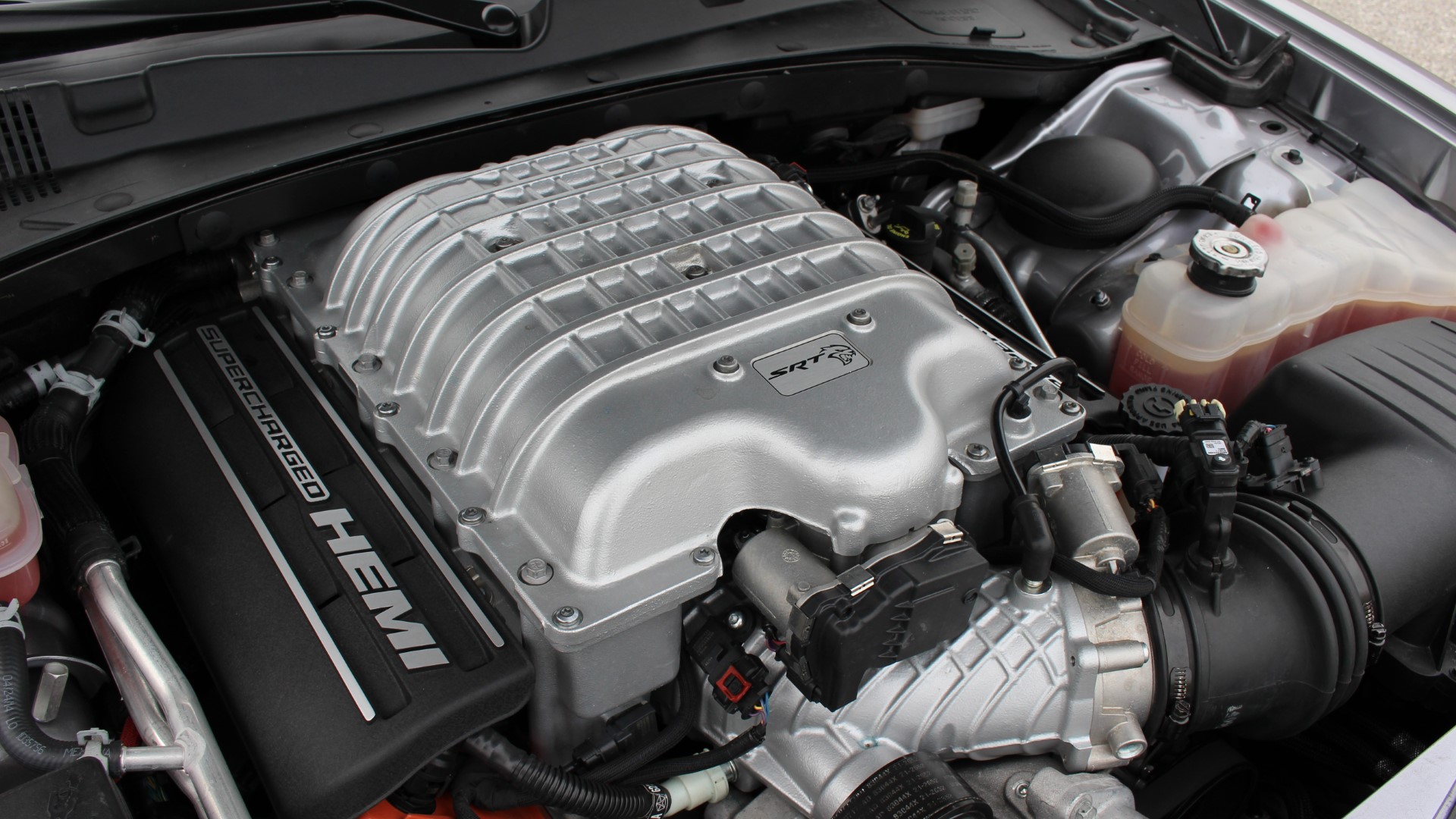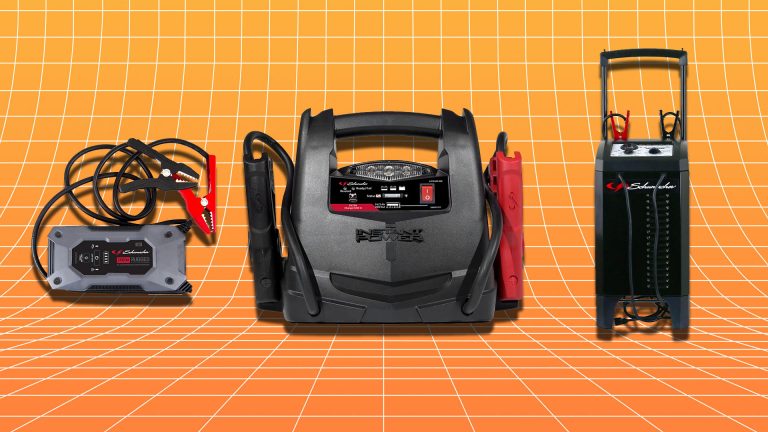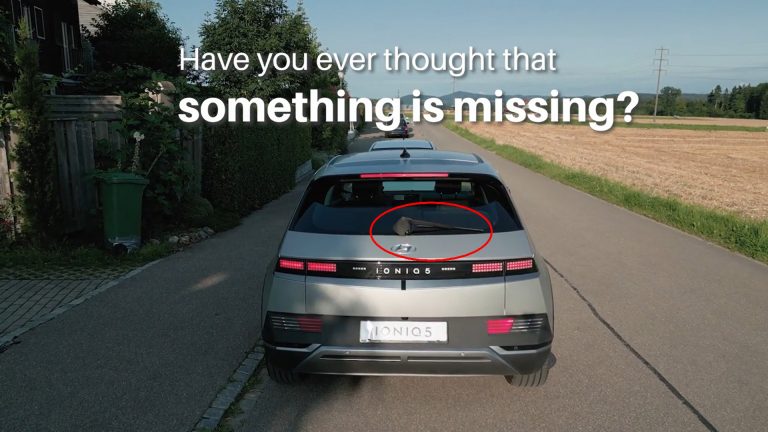Crucial Insights: Why the Business Case for V8 Engines is Weaker Than You Think

Dodge’s Identity Crisis: Can the V8 Survive in a Truck-Centric World?
The 1990s were a peculiar time for the automotive industry. The lines between car and truck were blurred, and things were about to get even more confusing. That’s when Dodge introduced a two-seat sports car concept with the wheelbase of a Mazda MX-5, a body inspired by the Corvette, and a 10-cylinder engine – but not just any engine. While some believe the Dodge Viper’s engine was lifted from a pickup truck, these stories are largely exaggerated. In reality, Lamborghini engineers played a more significant role in the engine’s development than their counterparts at a Dodge Ram.
A Weird Time for Chrysler
Dodge is facing an identity crisis, which is nothing new for the company. In the past, Chrysler has seen its fair share of ups and downs, including a radical design for a space shuttle that was 50 years ahead of its time. With Stellantis, the trend continues. The company’s new mission is to focus on truck-centric performance, which is causing a bit of a conflict for the V8 fans out there.
The Rise of the Hemi
Remember when Jon Reep first hit the airwaves with his iconic query? The image of a Hemi-powered Ram hauling an old Charger is a perfect metaphor for Chrysler’s sales strategy – using the V8 engine to sell trucks. With the V8, the company’s engineers focused on building engines that would make truck owners happy, resulting in a durable iron block for all variants, including the 5.7-, 6.1-, and 6.2-liter (yes, including the Hellcat). The reasoning? Because the money is in the trucks.
A Business Case for V8s in 2025?
When we sat down with Dodge CEO Matt McAlear, he acknowledged that V8 fans may feel left behind by the company’s new electrification strategy, but there’s more complexity to it. McAlear stated, "V8 is no longer a bad word at Stellantis, but that doesn’t necessarily mean the market is there."
A Brief History of V8s at Chrysler
If you look back at the cars developed by Chrysler’s Street and Racing Technology division between 1992 and today, you’ll find a list with few large-displacement powerplants. The Viper’s prestige may have boosted Chrysler’s reputation, but most of the company’s fun cars were based on more humble offerings. There were sporty Neons, Calibers, and Crossfires, featuring lightweight aluminum engines. But V8s? Those were relegated to trucks and SUVs, with a few sporty nods (like the 5.9 R/T) amidst the fun car radar.
Can the V8 Survive?
McAlear’s point is that there’s a nuance to it all. "We’re not telling anyone to fall out of love with ICE or horsepower or V8s. You’ve got the V8 people, V8 lovers, EV haters. OK, well, fortunately, we just got done selling them a V8, there are still some left." That’s a straightforward way of saying there are leftover Viper fans out there – some of which might be at the dealership – waiting for their next fix.
The Verdict
In a world where the money is in the trucks, can the V8 survive? Perhaps this is a reflection of the broader market. The industry has changed a lot over the past three decades. Low-slung sedans and coupes are no longer top-sellers, but afterthoughts. Trucks and SUVs rule the day, with regulatory headwinds that encourage ballooning curb weights and punish manufacturers for inefficient powertrains. And remember, the money is in the trucks.






